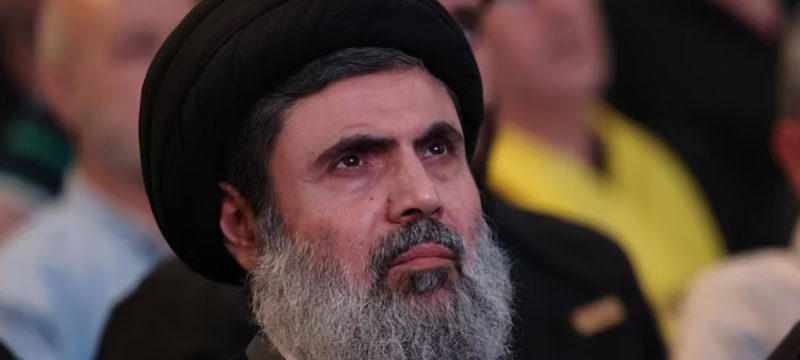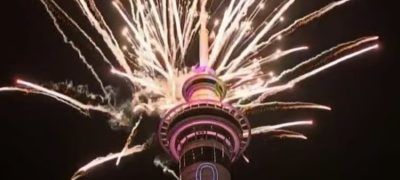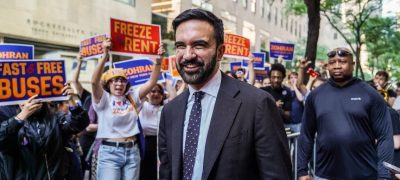The conflict between Israel and Hezbollah has sharply escalated following Israel’s targeted strike on Wednesday night in southern Beirut. The strike aimed at Hashim Safi al-Din, head of Hezbollah’s executive committee and a potential successor to current Hezbollah leader Hassan Nasrallah. The operation took place in a Hezbollah stronghold, but al-Din’s fate remains uncertain, as he was reportedly in a deep underground bunker. Safi al-Din, a close ally of Iran and a designated global terrorist by the U.S. since 2017, holds significant influence within Hezbollah.
This strike follows a series of intense confrontations between Israel and Hezbollah. On the same day, Israel launched airstrikes on central Beirut, hitting the Bachoura neighborhood near Lebanon’s parliament and killing six people.
Read More: Israeli Attack on Beirut Results in Six More Casualties”
These attacks represent the closest Israeli strikes to Lebanon’s government headquarters since the conflict’s escalation. Other missiles targeted the Hezbollah-dominated southern suburb of Dahiyeh, causing loud explosions as Israeli forces aimed at Hezbollah-affiliated sites.
The airstrikes came after Hezbollah fighters destroyed Israeli tanks and repelled forces in southern Lebanon, resulting in eight Israeli soldiers’ deaths—the deadliest incident for Israel in over a year. Tensions had already risen after Israel’s earlier assassination of Hezbollah leader Hassan Nasrallah, which led to a massive retaliatory missile barrage from Iran, with over 180 missiles launched.
As violence intensifies, both Israel and Hezbollah are engaged in a cycle of retaliation, with the involvement of regional actors like Iran. The growing conflict shows no signs of de-escalation, raising concerns about broader regional instability.









